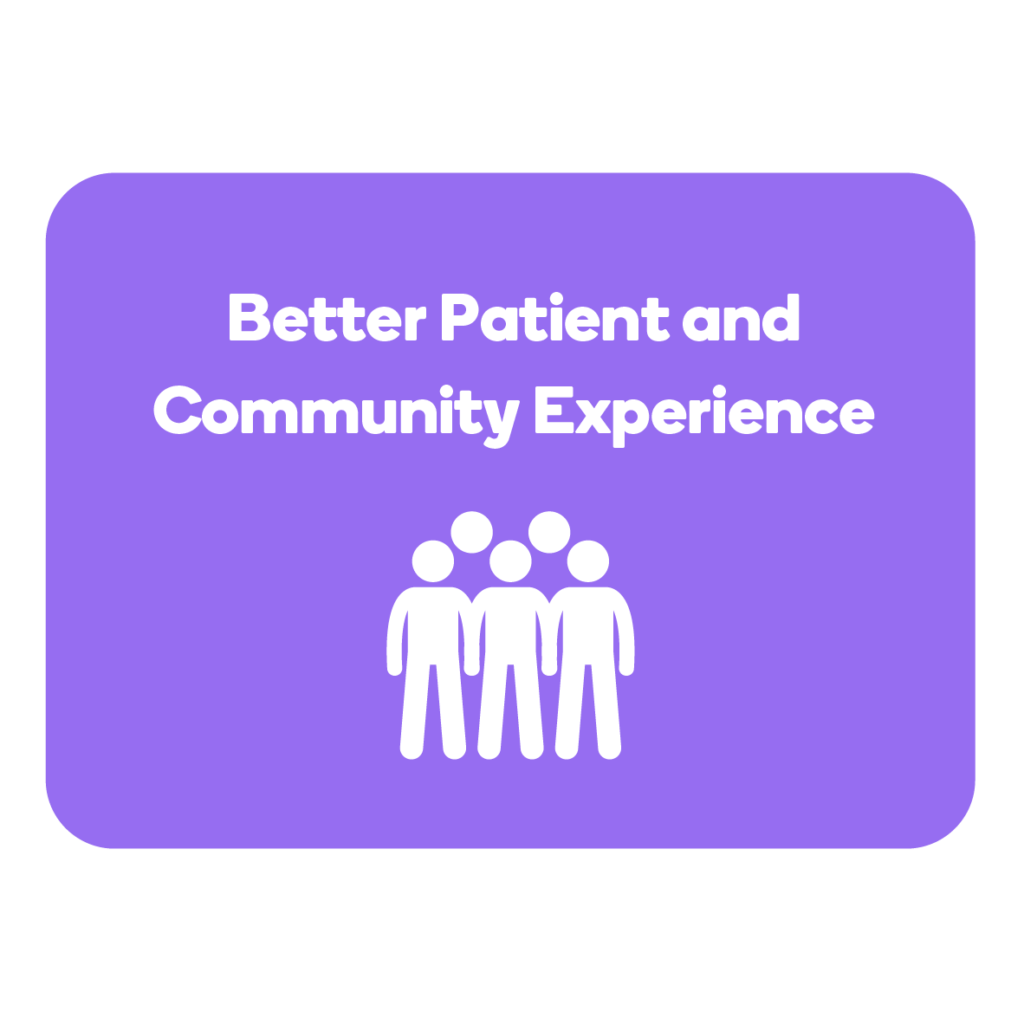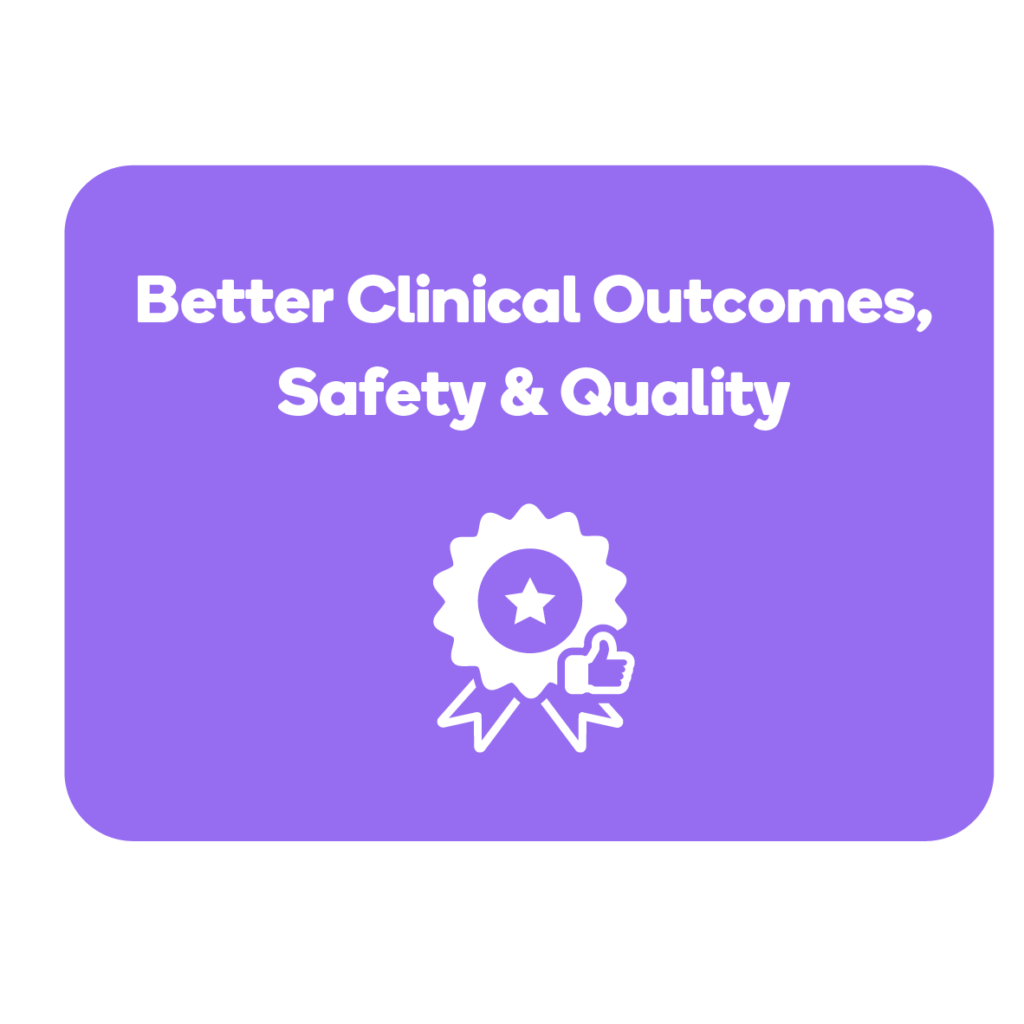What is
Patient-Centred Care?
Understanding Patient-Centred Care. Patient-Centric Care. Human Centred Care. You have heard the terms, but what do they all mean and where do you start? Below we bring you up to speed on the basics.
- How does the PCC model work?
- What sort of transactions do I need to make to my practice to to become Patient-Centred?
- What does success look like?
- How do i measure my outcomes?
Understanding Patient-Centred Care
Patient-Centred Care (also known as Patient-Partnership, Patient-Centric or Human-Centred Care) is essentially an approach to healthcare which puts the needs and preferences of the patient at the centre of all decisions being made. In this approach, the patient and health care professionals work together in partnership to make shared decisions around the care plan to deliver the health outcomes that are desired by the individual patient.


What is Value-based Health Care?
Value-based health care refers to a healthcare delivery model whereby the healthcare providers are renumerated based on patient outcomes (value) rather than the number of healthcare services delivered (volume). Value in health is the measured improvement in a patient’s health outcomes for the cost of achieving that improvement.
Value-based health care starts with a segment of patients whose health and related circumstances create a consistent set of needs. Patients work in partnership with multidisciplinary healthcare professionals to design and deliver comprehensive solutions to address those needs, measuring the health outcomes and costs of care for each patient.
What is Outcomes-based Health Care?
Outcomes are the success metrics of value-based health care. Outcomes-based health care requires a shift from success being focused on volume based metrics (inputs, activities, outputs) to value (outcomes, impacts). Measuring and achieving outcomes that really matter for each individual patient are the core metrics to ensure health care services improve patient outcomes.
How do they work together?
Both elements support each other. Value-based health care describes the overarching operating model and measuring patient outcomes for each patient is how success of the operating model is measured.
What are the benefits of a Patient-Centred Care Approach?
Taking a patient-centred approach which is respectful of, and in tune with, the outcomes that matter for the patient is a key component of providing high quality healthcare.
There is widely recognised research to suggest that a patient-centred approach to healthcare can also lead to improvements in safety, quality and cost effectiveness as well as increases in patient and staff satisfaction.
Key benefits of a patient-centred healthcare model include:

- Improved patient satisfaction
- Improved patient engagement
- Reduced patient complaints
- Decrease time from patient booking to completion of service(s)
- Improved consistency of the experience for every client
- Discover why patients cancel appointments and decrease no-shows
- Improved community perception of healthcare practices

- Adopt a patient-centred approach
- Align business processes to the patient experience
- Improved treatment adherence
- Reduced healthcare acquired infections
- Reduced readmissions
- Reduced length of stay
- Lower mortality

- Upskill staff by identifying behaviour and learning gaps
- Increased staff engagement and accountability
- Improved employee satisfaction
- Improve employee attitude
- Reduce staff turnover
- Reduce emotional stress for the healthcare workforce
- Improve employee wellbeing

- Reduce patient acquisition costs
- Lower costs per patient
- Increased booking conversion rates
- Better utilisation of low versus high cost workforce members
- Increased patient retention
- Identify competitive advantage(s)
- Consistent revenue growth
- Increased word-of-mouth referrals
- Increased patient loyalty

Experience 360 - How We Help
Understanding Patient-Centred Care
What is Patient-Centred Care?
Learn More...
Patient-Centred Care in Practice
What Does Patient-Centred Care Look Like?
Learn More...
Getting Started With Patient-Centred Care
How Do I Get Started With Patient-Centred Care?
Learn More...
Patient Journey Mapping
What is Patient Journey Mapping?
Learn More...
Addressing Patient Reviews and Complaints
Patient Reviews and Complaints: What Do I Do?
Learn More...

